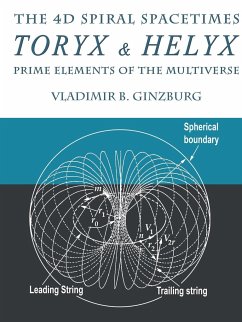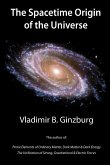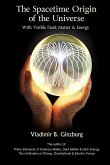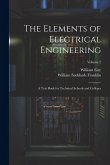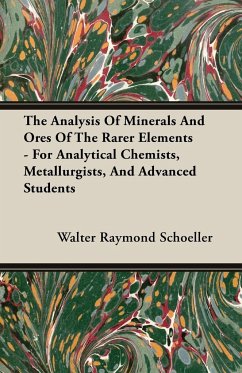This book describes abstract and applied mathematics of the unique properties of 4D spiral spacetimes called toryx and helyx. There is a good reason for studying the mathematics of these two spacetimes. Their unique properties provide them with a capability to be the prime elements of nature. In that capacity their potential role in nature would be comparable with a role of the DNA double helyces discovered by James Watson and Francis Crick in 1953. The DNA double helyces contain genetic codes defining the properties of both organic entities and living organisms, whereas both toryx and helyx contain generic codes defining the properties of matter and radiation entities of the Universe. Also similar are the locations of these codes. The genetic codes of DNA are located inside of cells of all organic entities and living organisms, whereas the generic codes of toryces and helyces reside inside of all elementary matter and radiation particles, the building blocks of the Universe.
Bitte wählen Sie Ihr Anliegen aus.
Rechnungen
Retourenschein anfordern
Bestellstatus
Storno

